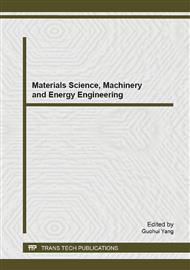p.641
p.646
p.652
p.663
p.668
p.674
p.680
p.686
p.693
Research on Piano Music Signal Recognition Based on Short-Time Fourier Analysis
Abstract:
This paper starts with the basic process of music recognition to complete the study on extraction and realization of seven musical characteristics of the music features characterization, at the same time, the paper in-depth studies the pitch value duration, tonality characteristic extraction unit. Fourier analysis method based on short-time uses the computer programming for audio signal automatic analysis and processing, implements the characteristics recognition of the piano music playing, Experimental data show that the average recognition rate of algorithm is above 95% with the strong recognition ability, which provides the core technology support for developing the evaluation system of piano performance.
Info:
Periodical:
Pages:
680-685
Citation:
Online since:
December 2013
Keywords:
Price:
Сopyright:
© 2014 Trans Tech Publications Ltd. All Rights Reserved
Share:
Citation:


